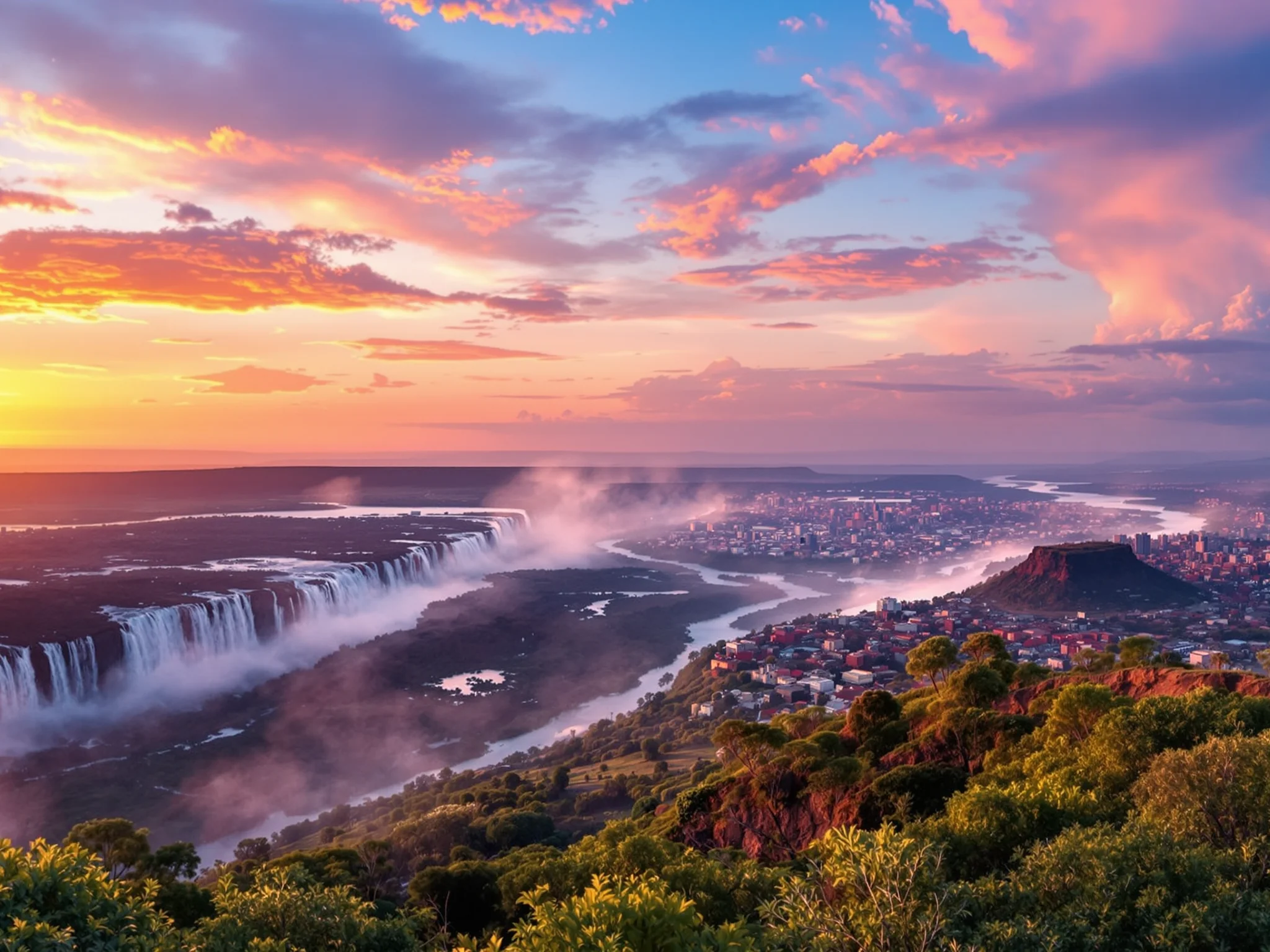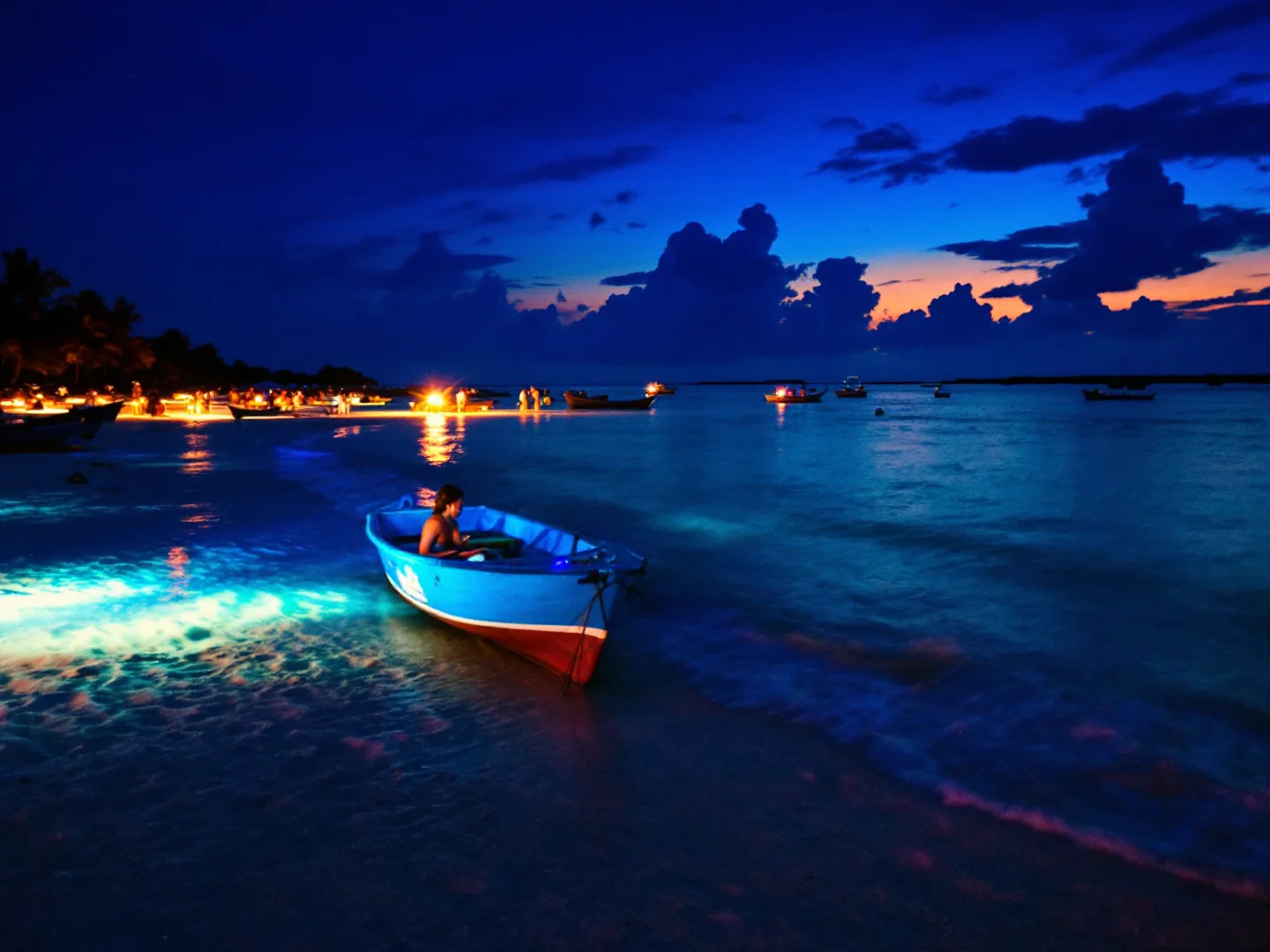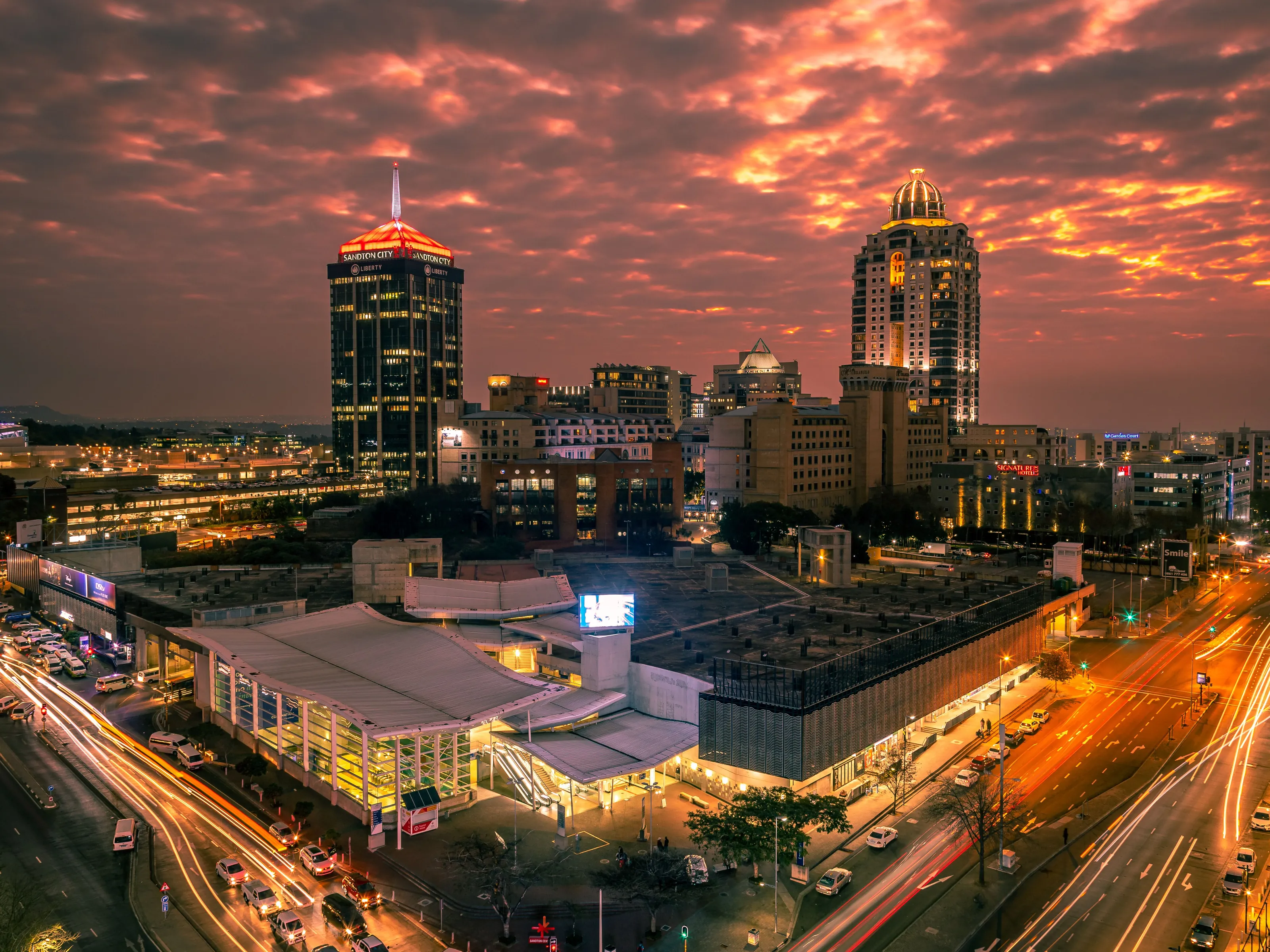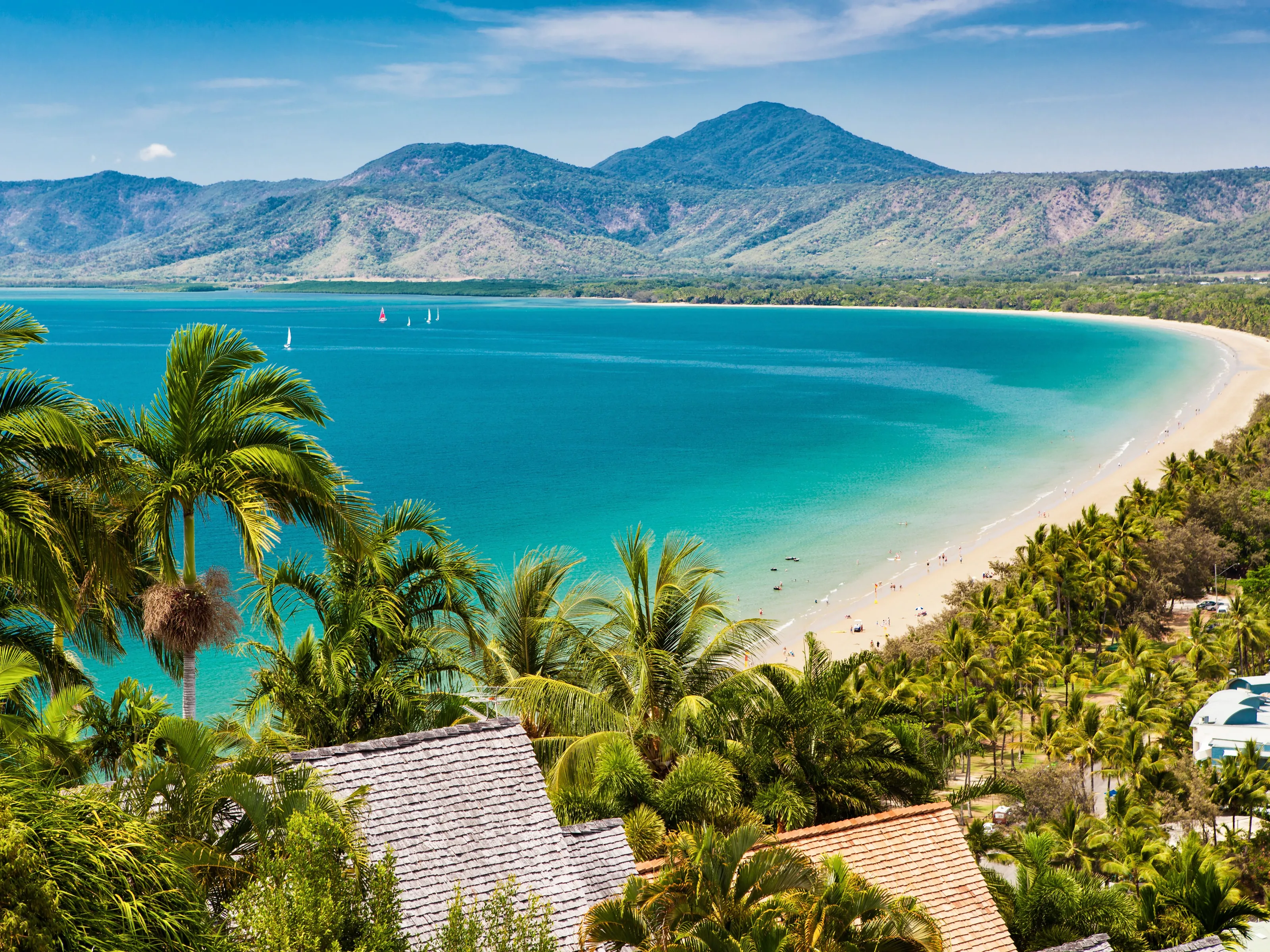Why Visit Arusha & Serengeti?
Arusha serves as Tanzania's safari capital where 4x4 Land Cruisers depart daily for Serengeti's endless plains, Ngorongoro Crater's wildlife amphitheater, and Tarangire's elephant herds, delivering Africa's most iconic wildlife experiences where lions lounge in acacia shade, cheetahs sprint across grasslands, and two million wildebeest thunder across borders in the Great Migration. The city itself (pop. 617,000) sits at 1,400m elevation between Mount Meru and Mount Kilimanjaro, offering cool highland climate and stunning volcanic backdrops, but travelers rarely linger—Arusha is the practical base for Tanzania's Northern Circuit parks that require multi-day safaris with professional guides, camping or luxury lodges, and serious budgets ($200–$800+/day per person all-inclusive).
Serengeti National Park (14,763 km²) delivers the quintessential African savanna: acacia trees dotting golden grass, kopjes (rock outcrops) where leopards rest, and year-round Big Five sightings (lion, leopard, elephant, buffalo, rhino—though rhino rare). The Great Migration—1.5 million wildebeest plus zebras and gazelles—circles the Serengeti-Maasai Mara ecosystem: calving in southern Serengeti (January-March), moving north (April-June), crossing Mara River with crocodiles waiting (July-October), then returning south (November-December). Timing safaris to migration requires research, but Serengeti rewards any season with predator density unmatched globally.
Ngorongoro Crater, a 600m-deep volcanic caldera, concentrates 25,000+ animals in 260 km² creating a natural zoo: black rhinos graze, flamingos pink the soda lake, and lions hunt zebra while tourists watch from Land Cruiser pop-tops. Tarangire National Park offers elephant herds (sometimes 300+ strong), baobab trees, and fewer tourists than Serengeti. Lake Manyara adds tree-climbing lions and birdlife.
Safaris span 4-10 days typically: budget camping safaris ($150–$250/day), mid-range lodges ($300–$500/day), luxury tented camps ($600–$1,500/day) including park fees, guide, transport, meals. Cultural experiences include Maasai village visits (often touristy), coffee plantation tours on Mount Meru slopes, and Arusha's craft markets selling Tanzanian art. Zanzibar beach extensions (1-hour flight, $100–$200) pair perfectly—safari then Indian Ocean relaxation.
With English widely spoken (colonial legacy), US dollars accepted (alongside Tanzanian shillings), and safari infrastructure well-developed, Tanzania delivers accessible African wildlife magic despite high costs.
What to Do
Safari Experiences
Serengeti National Park
The quintessential African safari covering 14,763 km² of endless savanna. General entry fees are around $70–$80 per person per day (check Tanzania National Parks Authority for latest rates). Drive through golden grasslands dotted with acacia trees, spot lions lounging on kopjes (rock outcrops), and witness incredible predator-prey interactions. Year-round Big Five viewing with the highest concentration of large predators in Africa. Morning game drives (6-9am) offer best wildlife activity when animals are hunting. Book 4-7 day safaris through reputable operators—budget camping $150–$250/day, mid-range lodges $300–$500/day, luxury tented camps $600–$1,500+/day (all-inclusive with park fees, guide, transport, meals).
The Great Migration
One of nature's most spectacular events—1.5 million wildebeest, 200,000 zebras, and countless gazelles follow ancient migration routes. January-March: calving season in southern Serengeti (newborn animals attract predators—incredible action). April-June: herds move north through central Serengeti. July-October: dramatic Mara River crossings where wildebeest leap into crocodile-infested waters (peak viewing July-September in northern Serengeti). November-December: return south. Timing is nature-dependent, so research current locations before booking. Even outside migration season, Serengeti delivers exceptional wildlife viewing.
Ngorongoro Crater
A 600m-deep volcanic caldera creating the world's largest intact volcanic crater—a natural amphitheater concentrating 25,000+ animals in 260 km². Entry is around $70–$80 per person plus crater descent fee ~$300 per vehicle (check current TANAPA rates). Descend the crater walls at dawn (6am) for magical morning light and active wildlife. Black rhinos graze near Lerai Forest, flamingos paint Magadi Soda Lake pink, lions hunt zebra and wildebeest on the crater floor while tourists watch from Land Cruiser pop-tops. Hippo pools at lunch stop. One full day is sufficient—most safaris combine with Serengeti. Cool temperatures at 2,400m elevation—bring layers.
Tarangire National Park
Known for massive elephant herds (sometimes 300+ strong) and iconic baobab trees. Entry around US$45–$50 per person per day (check current TANAPA rates). Less crowded than Serengeti but delivers excellent wildlife viewing June-October when animals concentrate along Tarangire River during dry season. Lion, leopard, cheetah, buffalo, and over 550 bird species. Massive baobabs (some 1,000+ years old) create surreal landscapes. Many safaris use Tarangire as first day from Arusha (2-hour drive) before heading to Ngorongoro and Serengeti. Budget-friendly addition that doesn't sacrifice quality. Full day game drive recommended.
Practical Safari Planning
Choosing Safari Operators
Research is critical—check TripAdvisor, SafariBookings.com reviews extensively. Reputable operators include &Beyond, Asilia Africa, Nomad Tanzania (luxury); Roy Safaris, Team Kilimanjaro (mid-range); Kilimanjaro Brothers, African Scenic Safaris (budget). Prices include park fees, 4x4 Land Cruiser with pop-top roof, driver-guide, accommodations, all meals, and drinking water. Book 3-6 months ahead for peak season (June-October). Confirm what's included—some exclude drinks, tips. Verify Tanzania Tourism Board licensing. Avoid street touts in Arusha—book through established companies.
Safari Seasons & Timing
Dry season (June-October): Best game viewing as animals concentrate near water sources, grass is short making spotting easier, and roads are passable. July-September is peak for northern Serengeti Mara River crossings but also most expensive and crowded. Calving season (January-March): Southern Serengeti sees thousands of wildebeest births—newborns attract lions, cheetahs, hyenas for dramatic predator action. Green season / Long rains (April-May): Cheapest rates, lush scenery, excellent birding, but heavy rains create muddy roads and some camps close. Short rains (November): Brief showers, manageable conditions, fewer tourists, good value.
Safari Packing Essentials
Neutral clothing (khaki, olive, beige—avoid bright colors that spook animals and black/dark blue that attracts tsetse flies). Layers for cold mornings and hot afternoons (5am starts common). Wide-brimmed hat, sunglasses, SPF 50+ sunscreen. Binoculars essential—8x42 or 10x42 recommended. Camera with telephoto lens (200-400mm ideal for wildlife, 70-200mm minimum). Extra batteries and memory cards (dust-proof bags). Closed-toe shoes for bush walks. Insect repellent with 30%+ DEET. Antimalarial medication (essential—malaria present). Headlamp for tented camps. Dust protection for all gear. Soft-sided bags only (required for small aircraft transfers between camps).
Gallery
Travel Information
Getting There
- Airports: ARK, JRO
Best Time to Visit
January, February, June, July, August, September, October
Climate: Warm
Weather by Month
| Month | High | Low | Rainy days | Condition |
|---|---|---|---|---|
| January | 25°C | 17°C | 25 | Excellent (best) |
| February | 26°C | 17°C | 21 | Excellent (best) |
| March | 25°C | 18°C | 28 | Wet |
| April | 23°C | 17°C | 29 | Wet |
| May | 22°C | 16°C | 16 | Wet |
| June | 21°C | 15°C | 10 | Excellent (best) |
| July | 21°C | 14°C | 11 | Excellent (best) |
| August | 23°C | 14°C | 8 | Excellent (best) |
| September | 25°C | 15°C | 6 | Excellent (best) |
| October | 27°C | 16°C | 9 | Good (best) |
| November | 25°C | 16°C | 23 | Wet |
| December | 27°C | 16°C | 10 | Good |
Weather data: Open-Meteo Archive (2020-2024) • Open-Meteo.com (CC BY 4.0) • Historical avg. 2020–2024
Budget
Excludes flights
Visa Requirements
Visa required
💡 🌍 Traveler Tip (November 2025): Plan ahead: January is coming up and offers ideal weather.
Practical Information
Getting There
Kilimanjaro International Airport (JRO) is 50km east of Arusha (1-1.5hr drive). Most safari operators include airport transfers. Taxis $40–$60 prearranged transfers $30–$50 International flights via Amsterdam (KLM), Doha (Qatar), Istanbul (Turkish), Addis Ababa (Ethiopian). From Zanzibar: daily flights $100–$200 (1hr). Arusha Airport (ARK) for domestic only. Overland from Nairobi possible (5-6hr bus, border crossing) but flights easier.
Getting Around
Safaris use 4x4 Land Cruisers (pop-top roofs for game viewing) with driver-guides. All transport included in safari packages—you don't arrange your own. In Arusha town: taxis (negotiate, $3–$10), dala-dalas (minibuses, crowded, 500-1,000 TZS), Uber limited. Walking downtown during day okay, evenings take taxis. Safari operators handle all inter-park transport—you just enjoy the ride and animals.
Money & Payments
Tanzanian Shilling (TZS, TSh). Exchange rate: $1 ≈ 2,700 TZS, $1 ≈ 2,500 TZS. US dollars widely accepted for safaris, lodges, tourist services (bring clean, new bills—post-2013 notes). Cards accepted at upscale lodges, limited elsewhere. ATMs in Arusha town. Tipping: $10–$20/day for safari guide, $5–$10/day for camp staff (per person). Safari operators provide tip guidelines. Budget extra $100–$200 for tips on week-long safari.
Language
Swahili and English are official languages. Safari guides speak excellent English. In Arusha, English widely understood in tourist areas. Basic Swahili: Jambo (hello), Asante (thank you), Hakuna matata (no worries—yes, from Lion King). Maasai communities speak Maa language. Communication easy in tourist circuit, trickier in rural areas.
Cultural Tips
Maasai culture: ask permission before photos (may request small payment), respect traditional dress and customs, village visits often staged for tourists (manage expectations). Safari etiquette: stay seated and quiet during game drives, don't stand or lean out of vehicle, listen to guide instructions (animals are wild!), don't litter. Tented camps: zip tents fully at night, don't walk around after dark without escort (animals roam freely), respect quiet hours. Dress modestly in towns (Tanzania is conservative). Photography: ask before photographing people, military/government buildings forbidden. Pole pole (slowly slowly) is Tanzanian pace—patience essential.
Perfect 7-Day Safari & Zanzibar
Day 1: Arrive Arusha
Day 2: Tarangire National Park
Day 3: Ngorongoro Crater
Day 4: Central Serengeti
Day 5: Northern Serengeti (if migration season)
Day 6: Return to Arusha, Fly to Zanzibar
Day 7: Zanzibar Beach Day
Where to Stay in Arusha & Serengeti
Arusha Town
Best for: Safari base, hotels, restaurants, pre/post-safari overnight, craft markets, not a destination itself
Serengeti National Park
Best for: Iconic savanna, Big Five, migration, luxury tented camps, endless plains, most expensive
Ngorongoro Crater
Best for: Concentrated wildlife, rhinos, crater views, day trip or overnight on rim, spectacular
Tarangire National Park
Best for: Elephant herds, baobabs, fewer crowds than Serengeti, budget-friendly add-on
Frequently Asked Questions
Do I need a visa to visit Tanzania?
What is the best time to visit for safaris?
How much does a safari cost?
Is it safe to go on safari?
What should I pack for a safari?
Popular Activities
Top-rated tours and experiences in Arusha & Serengeti
Ready to Visit Arusha & Serengeti?
Book your flights, accommodation, and activities






